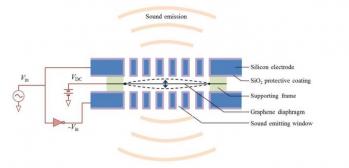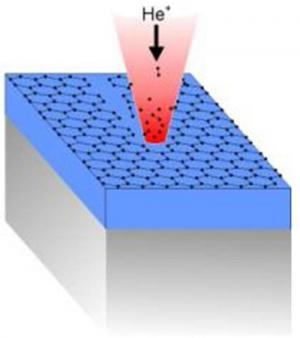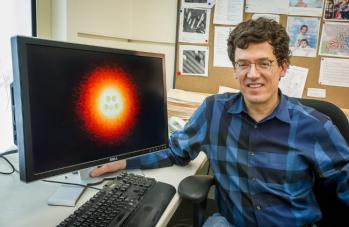New graphene-based speaker can outperform the best commercially available earphones
Researchers from the University of California, Berkeley, have developed a new graphene-based earphone-sized speaker - that can actually outperform the best earphones. They say that even with almost no specialized acoustic design, it performs comparably to a high quality commercial headsets (a Sennheiser MX-400 earphone, in fact)

This speaker uses a diaphragm that is made from a multi-layer graphene sheet. The graphene is sandwiched between two electrodes that create a field that oscillates, causing the graphene to vibrate. The performance is so good because graphene is inherently very thin and strong, and it can be configured to have very small effective spring constant - it's the perfect diaphragm material.




